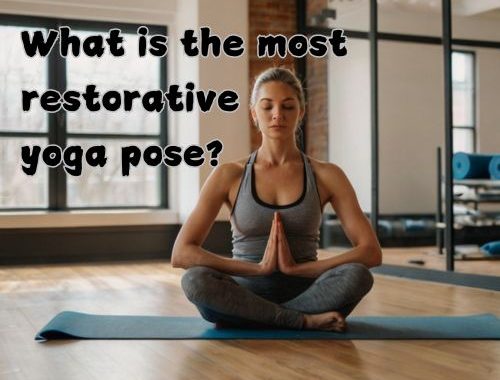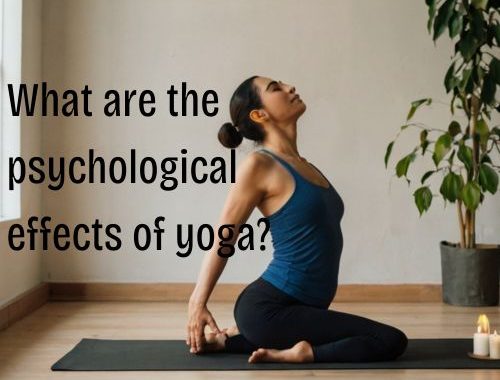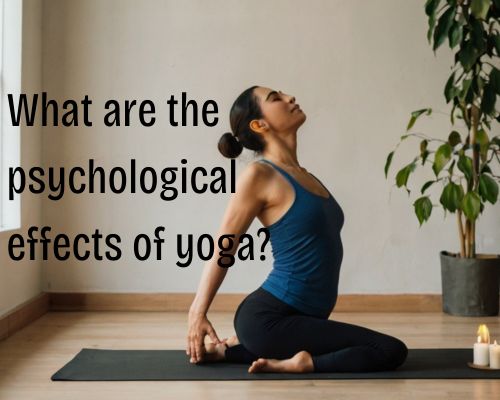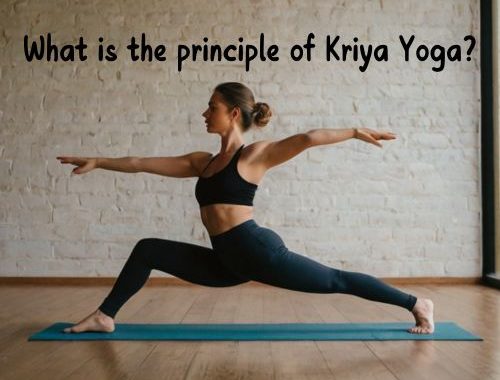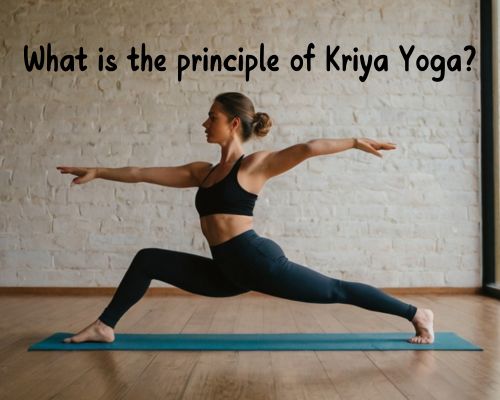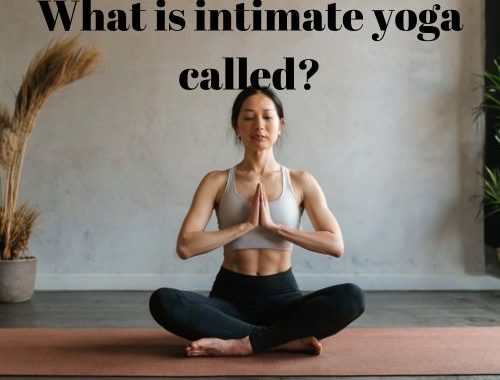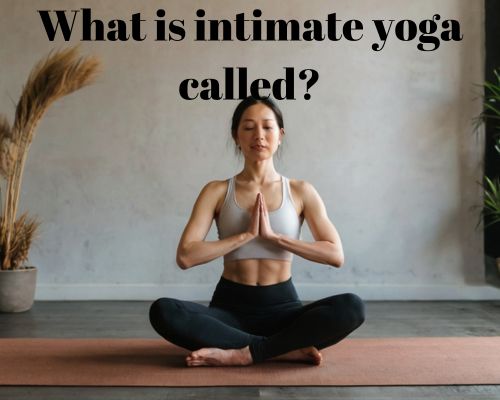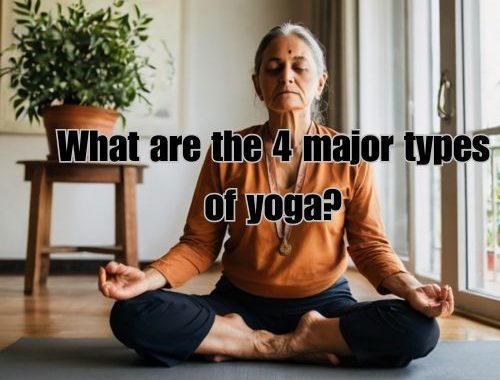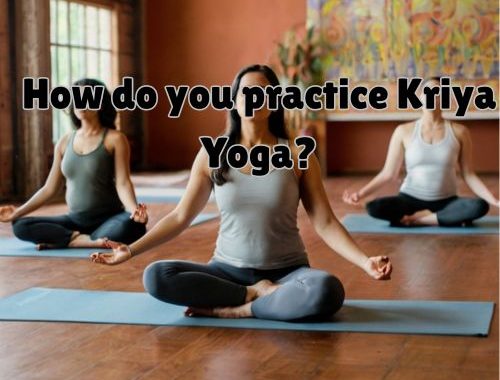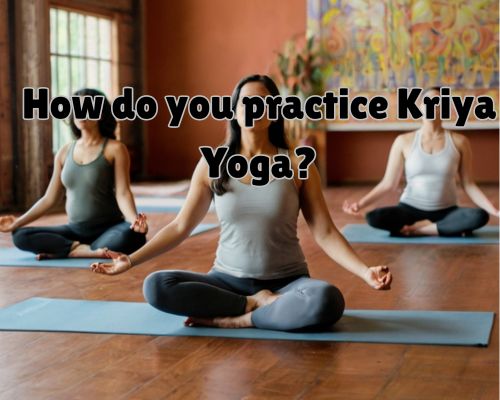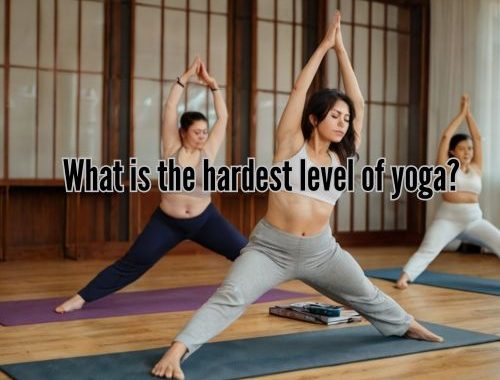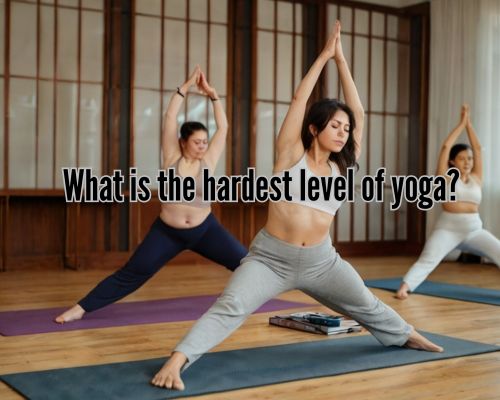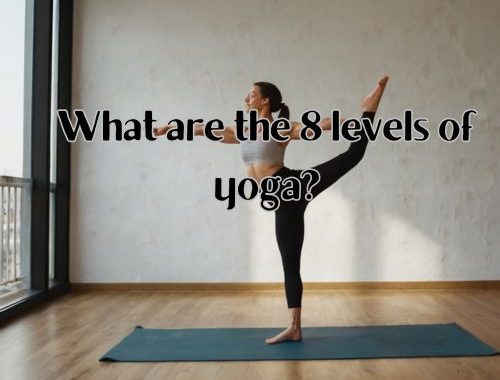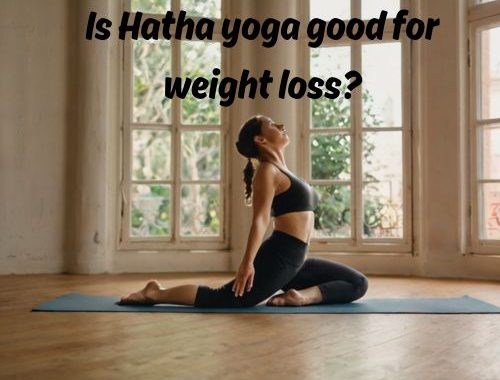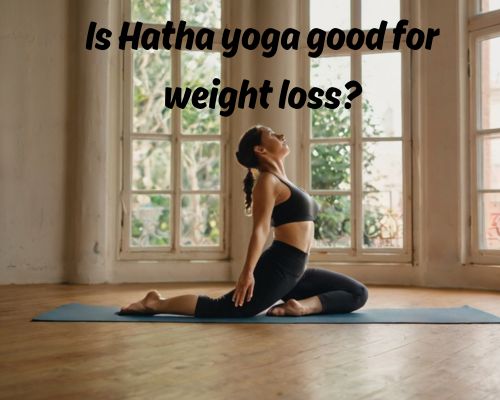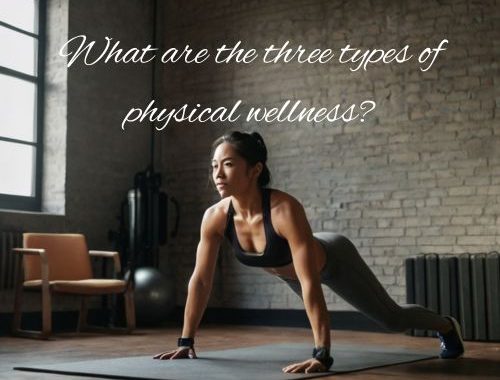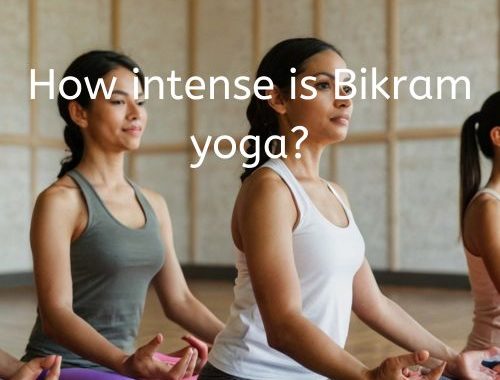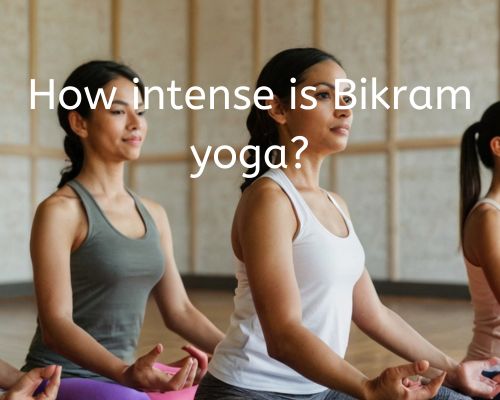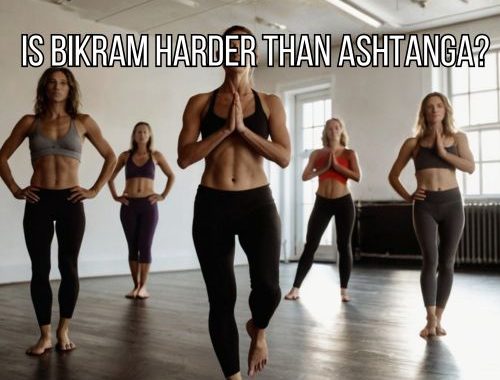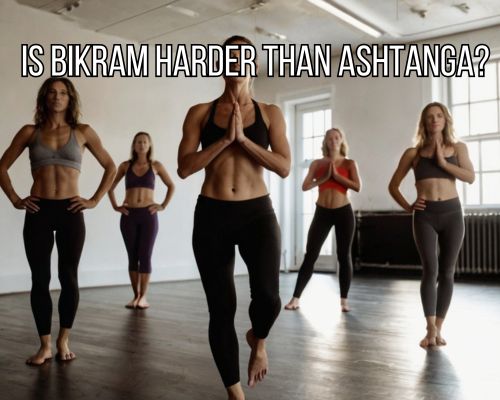What Is the Most Restorative Yoga Pose? A Guide for Mornington Yoga Enthusiasts
When it comes to finding peace, relaxation, and balance in our increasingly hectic lives, restorative yoga stands out as a transformative practice. For residents of Mornington, Australia, with its stunning coastal views and serene ambiance, incorporating restorative yoga into your wellness routine can be especially impactful. But among the plethora of poses available, one question often arises: What is the most restorative yoga pose?

The answer, according to seasoned yoga instructors, is Balasana or Child’s Pose. This humble yet powerful posture is celebrated for its profound ability to relax the body, calm the mind, and rejuvenate the spirit. With Bikram Yoga Mornington, we’ll explore why Child’s Pose is considered the ultimate restorative yoga posture, how to practice it effectively, and where to experience restorative yoga in Mornington.
The Essence of Restorative Yoga
Restorative yoga is a practice that prioritizes relaxation over exertion. It’s designed to activate the parasympathetic nervous system, which is responsible for the body’s rest-and-digest functions. Unlike more vigorous yoga styles like Vinyasa or Ashtanga, restorative yoga focuses on holding poses for extended periods—often with the support of props like bolsters, blankets, and blocks—to encourage complete relaxation.
For residents of Mornington, this approach is perfectly aligned with the town’s tranquil atmosphere. Whether you’re seeking relief from physical tension, mental stress, or emotional fatigue, restorative yoga provides an accessible path to balance and renewal.
Why Is Child’s Pose the Most Restorative Yoga Pose?
Child’s Pose, or Balasana, is often referred to as the ultimate restorative posture because it offers a blend of physical, mental, and emotional benefits. Here are a few reasons why this pose is unparalleled in its restorative potential:
1. Encourages Deep Relaxation
In Child’s Pose, the body folds into itself, creating a cocoon-like effect that signals safety and comfort to the nervous system. This helps release tension in the back, shoulders, and neck—common areas of stress accumulation.
2. Promotes Mindfulness and Mental Clarity
The inward focus of Child’s Pose naturally draws attention to the breath, making it easier to practice mindfulness. Regularly incorporating this pose into your routine can enhance your ability to remain present, even off the mat.
3. Accessible for All Levels
Whether you’re a seasoned yogi or a complete beginner, Child’s Pose is approachable and adaptable. Props can be used to customize the posture for different body types and flexibility levels, ensuring that everyone can experience its restorative benefits.
4. Gently Stretches Key Muscle Groups
While it’s primarily a relaxation pose, Child’s Pose also provides a gentle stretch for the lower back, hips, and thighs. This makes it particularly beneficial for individuals with sedentary lifestyles or those recovering from injuries.
How to Practice Child’s Pose Effectively
If you’re ready to incorporate Child’s Pose into your restorative yoga practice, here’s a step-by-step guide:
- Start in a Kneeling Position
Sit back on your heels, with your knees either together or slightly apart, depending on what feels comfortable. - Extend Your Arms Forward
Stretch your arms out in front of you, palms facing down, while lowering your torso toward the mat. Alternatively, you can rest your arms alongside your body for a more passive variation. - Rest Your Forehead on the Mat or a Prop
If your forehead doesn’t comfortably reach the ground, use a bolster or block to support it. This helps maintain relaxation without strain. - Focus on Your Breath
Close your eyes and take slow, deep breaths. Aim to elongate the exhalation to activate the parasympathetic nervous system. - Hold for 1-5 Minutes
Stay in the pose for as long as feels comfortable, allowing yourself to sink deeper with each breath.
Enhancing Child’s Pose with Props
Incorporating props can elevate the restorative benefits of Child’s Pose. Here are a few ways to modify the pose:
- Bolster Support: Place a bolster lengthwise under your torso for additional support, especially if you have tight hips or a stiff lower back.
- Blanket Cushioning: Use a folded blanket under your knees or ankles for added comfort.
- Block Elevation: Rest your forehead on a yoga block to reduce strain on your neck.
Local Yoga Studios in Mornington Offering Restorative Yoga
For Mornington residents eager to deepen their restorative yoga practice, several local studios offer specialized classes. Here are a few to consider:
- Bikram Yoga Mornington: Known for its serene setting and expert instructors, this studio frequently offers restorative yoga sessions that incorporate props and guided meditations.
- Coastal Bliss Yoga: Located near the beach, Coastal Bliss Yoga provides a tranquil environment ideal for practicing Child’s Pose and other restorative postures.
- Soulful Space Wellness: This holistic center in Mornington combines yoga with other wellness practices, creating a comprehensive approach to relaxation and self-care.
Additional Restorative Poses to Complement Child’s Pose
While Child’s Pose is often hailed as the most restorative yoga posture, it’s even more effective when paired with complementary poses. Here are a few to consider:
- Supported Bridge Pose (Setu Bandhasana): Opens the chest and hips while relieving tension in the lower back.
- Legs-Up-the-Wall Pose (Viparita Karani): Promotes circulation and reduces swelling in the legs.
- Reclining Bound Angle Pose (Supta Baddha Konasana): Gently stretches the inner thighs and groin while encouraging relaxation.
Incorporating Restorative Yoga into Daily Life in Mornington
With its picturesque beaches and calming natural surroundings, Mornington is the perfect place to embrace the principles of restorative yoga. Here are some tips for incorporating this practice into your daily life:
- Morning Routine: Start your day with a few minutes of Child’s Pose to set a peaceful tone.
- Post-Work Wind-Down: Use restorative poses to release tension after a busy day.
- Weekend Retreats: Take advantage of local yoga retreats in Mornington to deepen your practice and connect with like-minded individuals.
Conclusion
For anyone in Mornington seeking a path to relaxation, renewal, and inner peace, restorative yoga—and specifically, Child’s Pose—offers an accessible and deeply effective solution. By practicing this pose regularly, you can unlock its myriad benefits for the body, mind, and spirit.
Whether you’re exploring yoga for the first time or looking to enhance your existing practice, Mornington’s vibrant yoga community provides ample opportunities to deepen your connection to this transformative discipline. So roll out your mat, embrace the tranquility of Child’s Pose, and let Mornington’s serene ambiance amplify your restorative journey.
